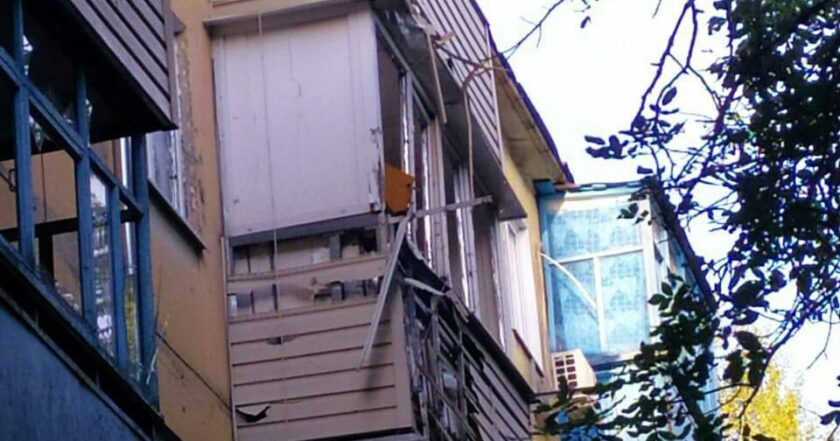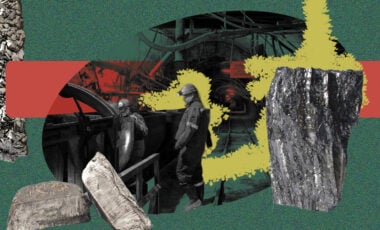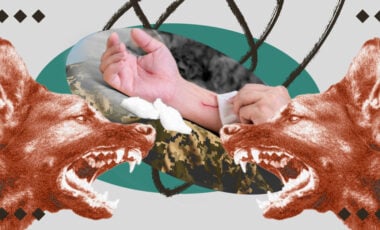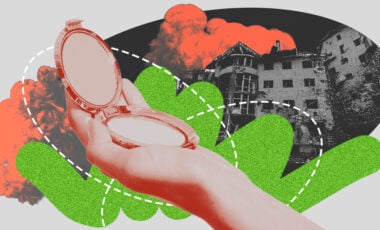Kryvyi Rih activists draw attention to construction debris danger after russia's shelling: solutions

Photo: Telegram/ Valentyn Reznichenko
It is impossible to promptly dispose of the remains of the buildings due to the constant threat of new explosions. So, the rubble is collected and taken to the landfill so that the townspeople don't bury it in the ground.
The public organization for environmental protection, Enough Poisoning Kryvyi Rih, published a video story where the activists talk about the danger of construction debris:
- When slate roofs are destroyed, asbestos dust emits in the air and remains for some time. Tiny particles of asbestos in the slate entering the human body can cause lung cancer, larynx cancer, and other diseases.
- Demolition debris cannot be stacked with other rubble or stored near rivers, as it enters groundwater and soil, so there's a risk that it will enter the human body through water.
- In partially destroyed buildings, dust, which may contain harmful substances, is generated even after reconstruction.
- The local authorities note that the townspeople cannot properly dispose of the waste from the destruction on their own. Another problem is that such waste differs from construction waste in that it must first be separated into fractions: plastic, slate, bricks, and parts of concrete slabs. This requires careful sorting and, therefore, additional resources.
But there is a solution. It is how they deal in Kryvyi Rih with construction waste:
- Immediately after the shelling, local utility services begin collecting glass, broken bricks, and other waste from the destruction with the help of equipment. The entire reuse and recycling algorithm are contained in the new law "On Waste Management," which has already entered into force.
- Special-purpose land is planned to store such waste to reduce the burden on the city's landfills.
- While there are no new landfills for demolition waste, broken bricks and slabs are used to fill potholes on roads and restore roadways by reusing the material. It is also possible to make asphalt or other waterproof substances from them. Local authorities are currently discussing other reuse technologies.
- Surviving bricks are also reused to restore buildings.
- In restored buildings, wet cleaning is regularly carried out to reduce the amount of harmful dust.

Ukraine to launch eco-project in Kyiv region to recycle waste from infrastructure destroyed by russia

War's environmental consequences: How to dispose of waste from destroyed infrastructure?

War waste: what is it and how to deal with it?



















































